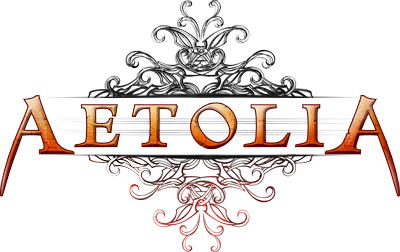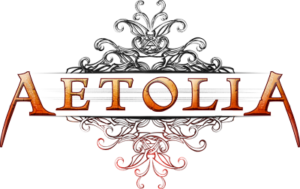9.9.2 Forging
-- At a Glance ---------------------------------------------------------------
Forging, step-by-step:
1) Choose an item type (SmallBlades, Helms, Armour, etc.) and then check
the requirements for the template (e.g. FORGINGCOMMS FLAIL.).
2) Gather the required commodities for your template. Find a forge, put
some coal inside, and FIRE it.
3) Determine the stats you want on the item based on a template. You can
see these in AB FORGING under the second section (base templates). For
example, AB FORGING REINFORCED which can be used on armour items. The
template is NOT the template you would use for customization.
4) FORGE [template] <item>. (IE: FORGE REINFORCED CHAINMAIL, not FORGE 5164
CHAINMAIL)
5) TEMPER your item as desired (AB FORGING TEMPERING).
CUSTOMISE your item with an existing design (AB FORGING CUSTOMIZATION).
-------------------------------------------------------------------------------
NOTICE: To make sword blanks for the missions in the Liruma: FORGE BLANK
-------------------------------------------------------------------------------
Forging is the skill of creating a wide assortment of weapons and armour, ranging from the chipped-obsidian throwing dagger, to the venerable longsword, to impressive suits of fieldplate armour. It is one of the mercantile skills available for selection (HELP MERCANTILE).
In order to forge something you know how to make (AB FORGING will show you what you can make, if you have forging), you must first find a forge. Chances are it will not be burning, in which case you must buy some coal (probably at one of the markets), and put it in the forge. Then, you must FIRE FORGE to get it going.
Once you have got the forge going, you can try to forge something. Each item has certain commodity requirements. FORGINGCOMMS <item> will tell you what you need to have in your inventory in order to make that item. For all forging commands, you should use the exact name of the item that you see when you type AB FORGING.
Once you have the proper ingredients, you may FORGE <item>. Weapons and armour will need a template to go with them, so the syntax for those is FORGE <template> <item>.
Tempering
---------
If you are not forging a weapon or armour, that's it, your forging is done! Otherwise, your forging is still raw and unrefined and needs to be TEMPERed to increase its quality.
Weapons can be tempered up to six times, and armour can be tempered up to five times. How tempering works depends on if you're forging a weapon or an armour.
For weapons:
- TEMPER <item>
- TEMPER <item> FOR <damage|penetration|speed>
For armour:
- TEMPER <item>
- TEMPER <item> FOR <cutting|blunt>
You can either focus your temper on a specific stat, or just temper generally. Focusing a temper on weapons will greatly increase that stat, but decrease the other two. Focusing a temper on armour will increase the desired stat, but only marginally increase the other. Tempering without a focus will increase all the stats, but nowhere near as much as if you had focused on that stat.
In order to see the statistics on a particular piece of weaponry or armour, you need the WEAPONPROBE ability in the Weaponry skillset.
If you are a forger, you can also use FORGINGINSPECT to see exactly what process was used to achieve the given stats.
Customization
-------------
Once your weapon is refined, you can choose to customize it should you have your own design! You must first learn the Customization ability in Forging, which will enable you to apply designs to any appropriate weapon or armour you own. See AB FORGING CUSTOMIZATION for details on how this is done.
Once you have Transcended the skill of Forging, you will be able to create your own designs, in accordance to HELP CRAFTING. Please be sure to read HELP FORGING POLICY to see what limitations exist for forging-based designs.
See also: HELP MERCANTILE
